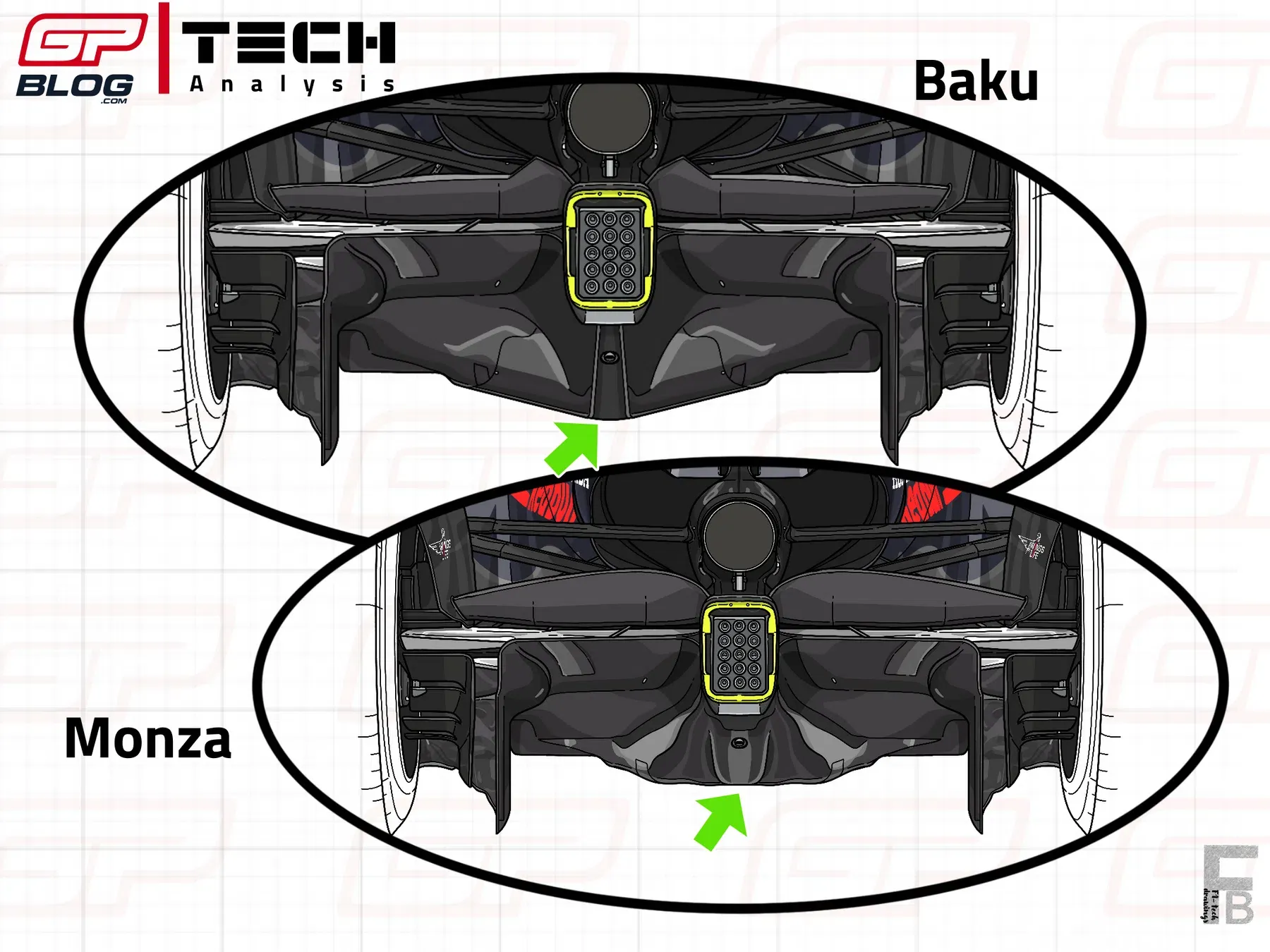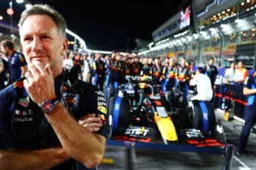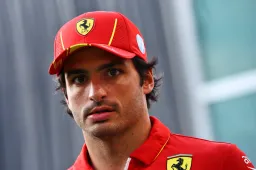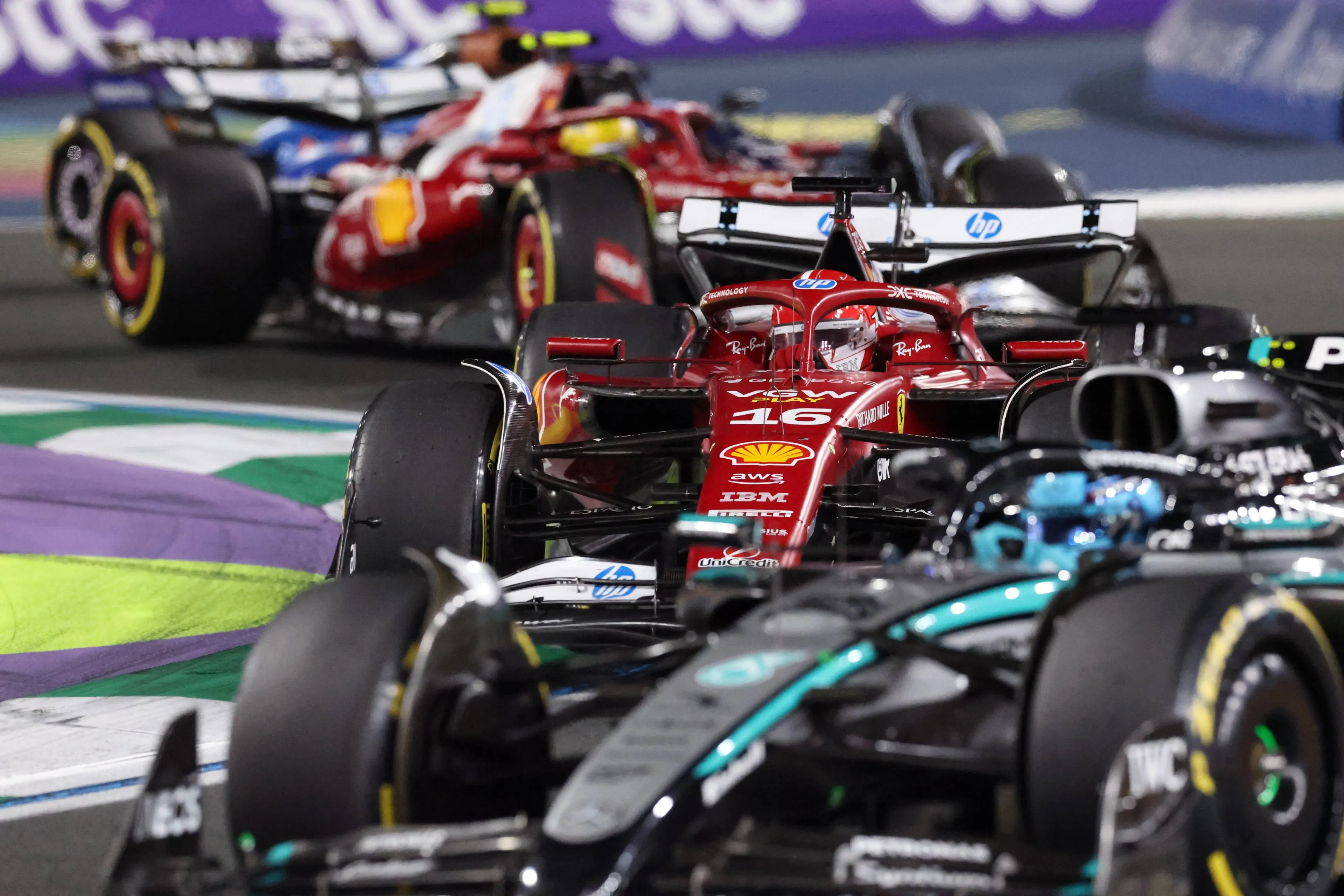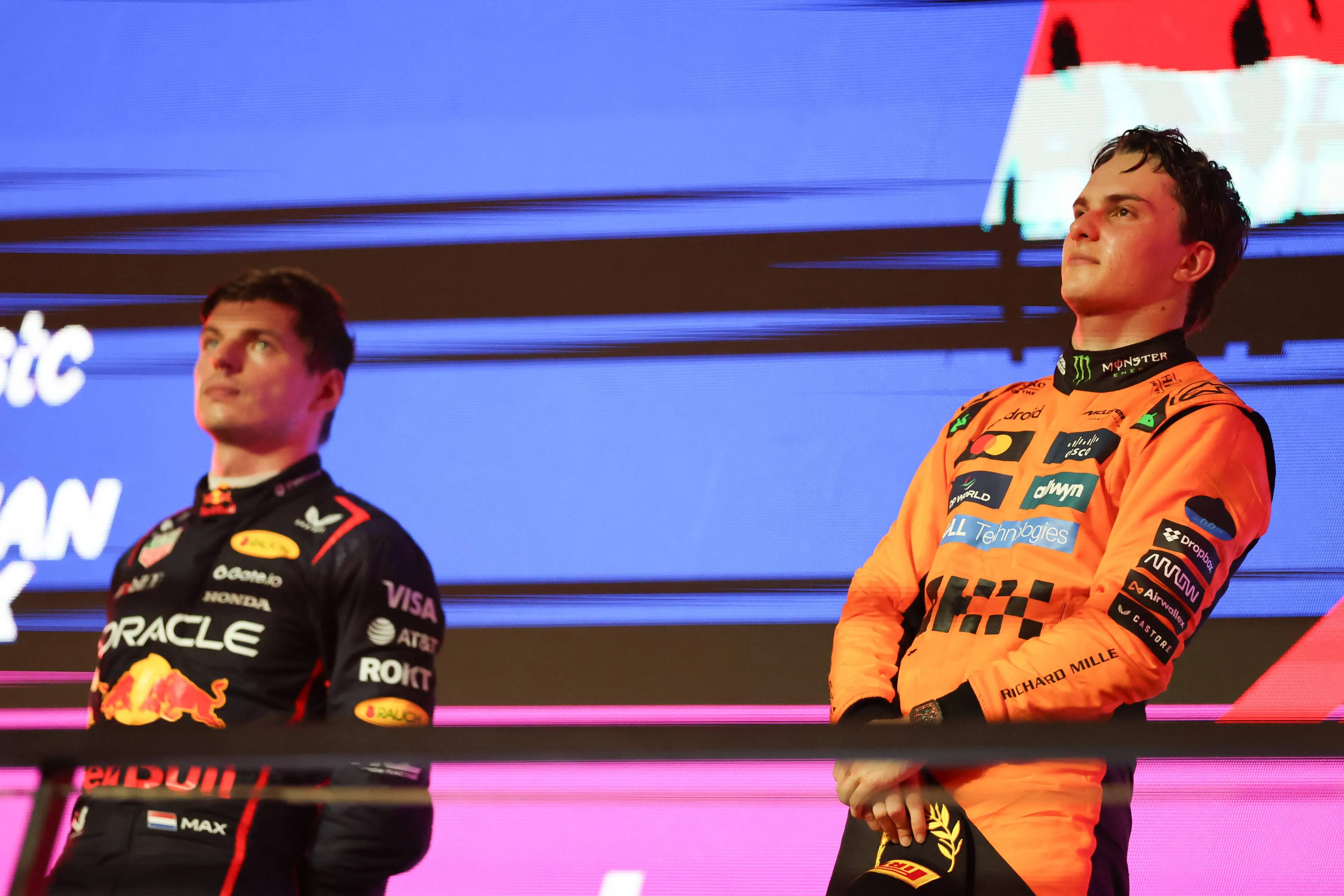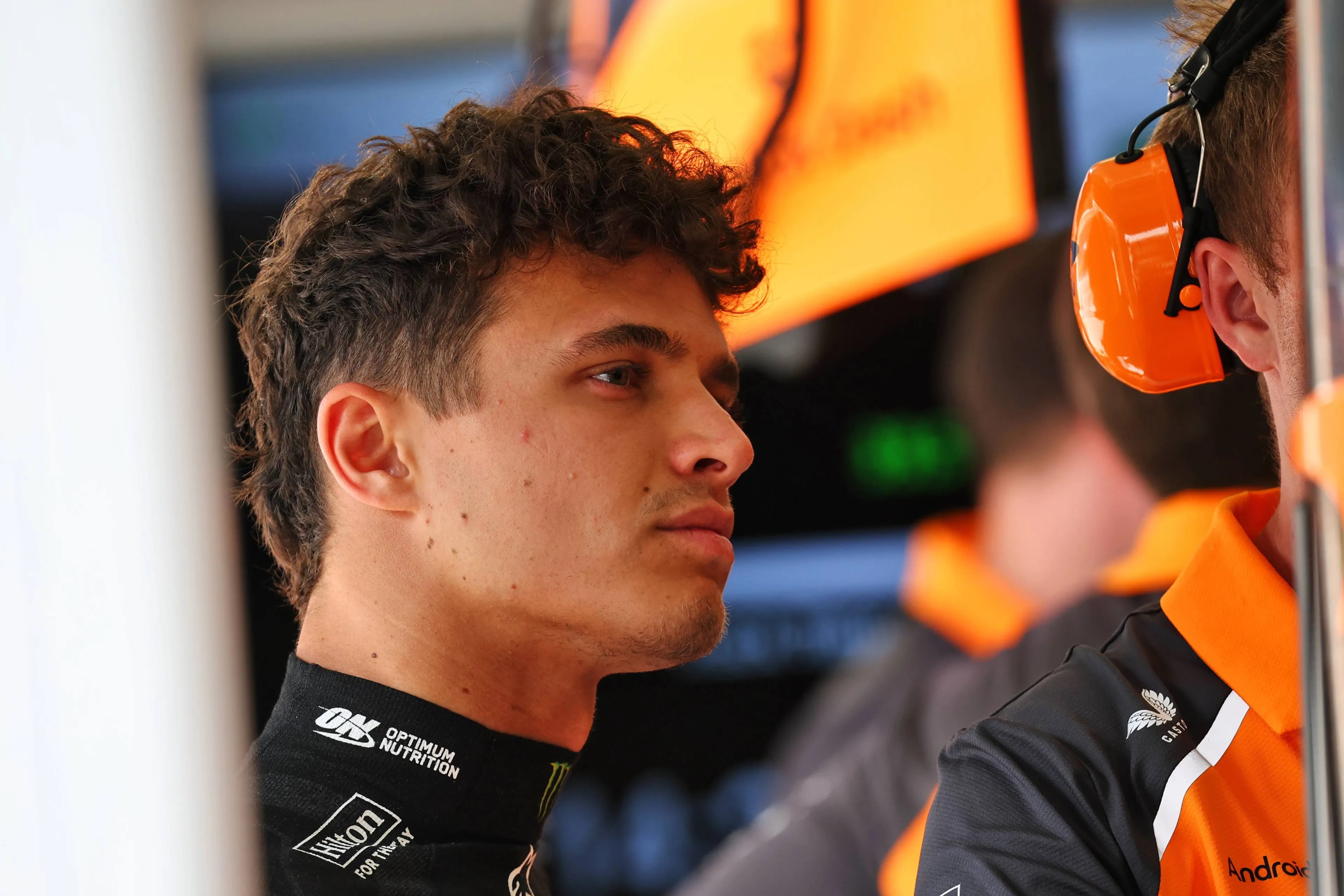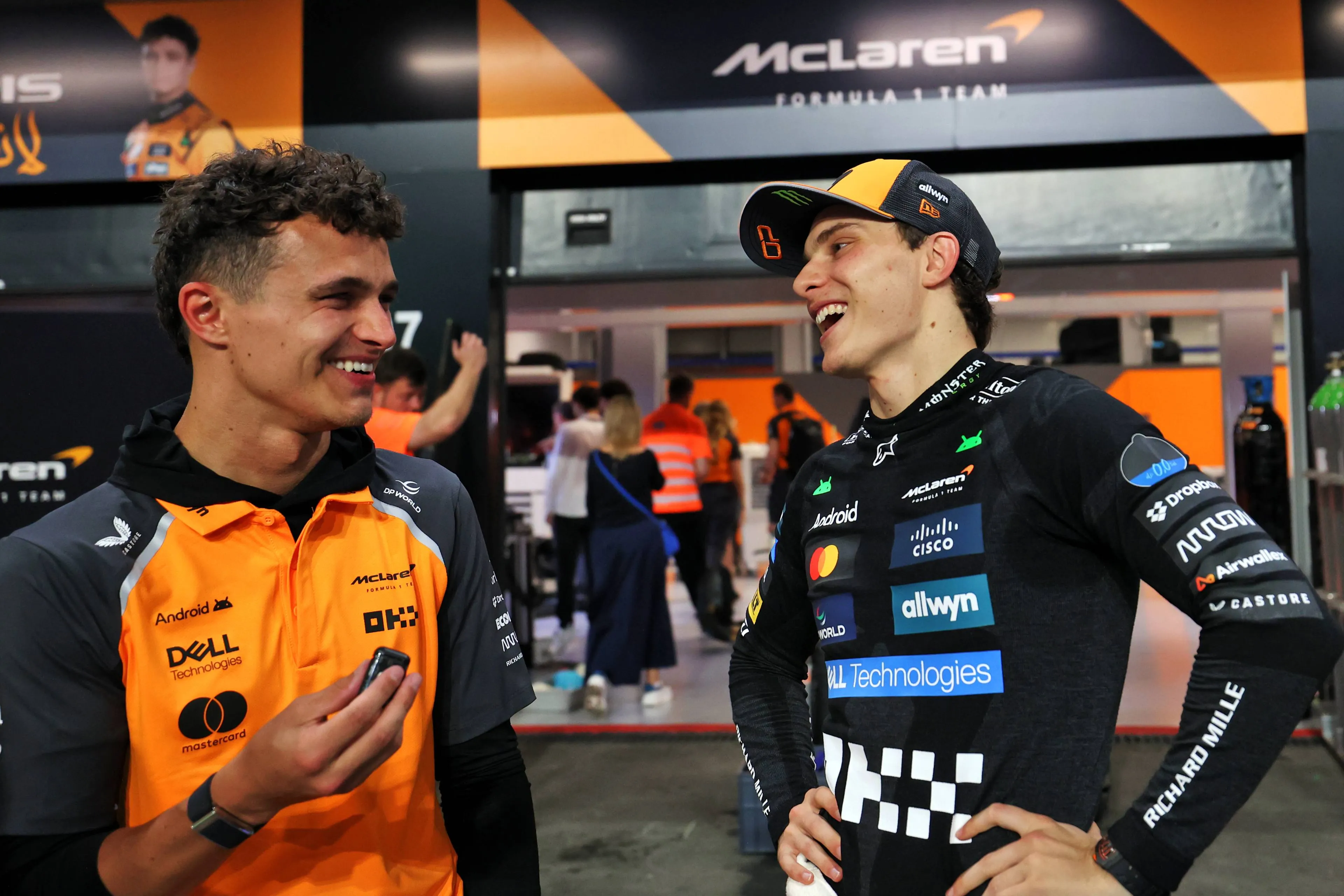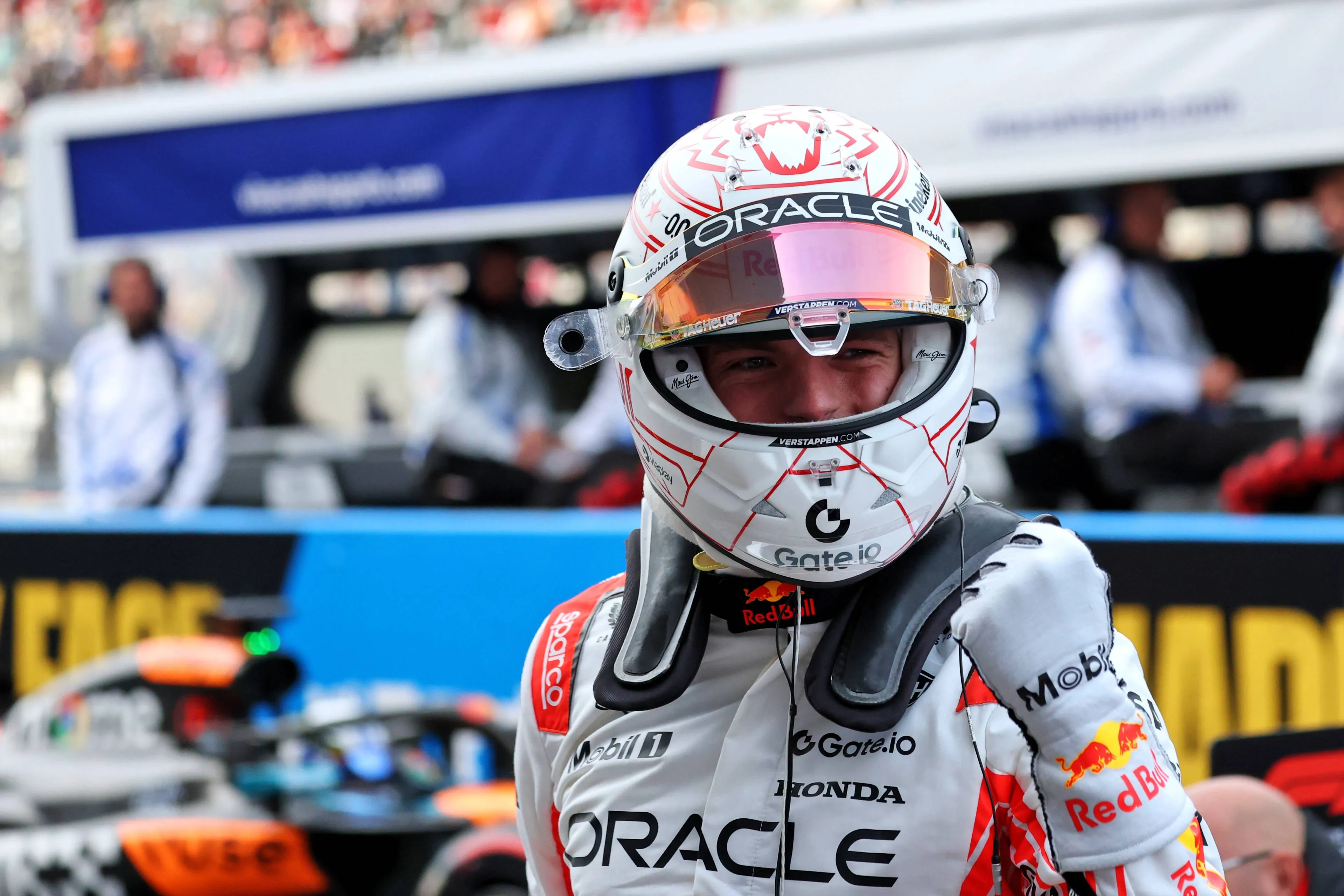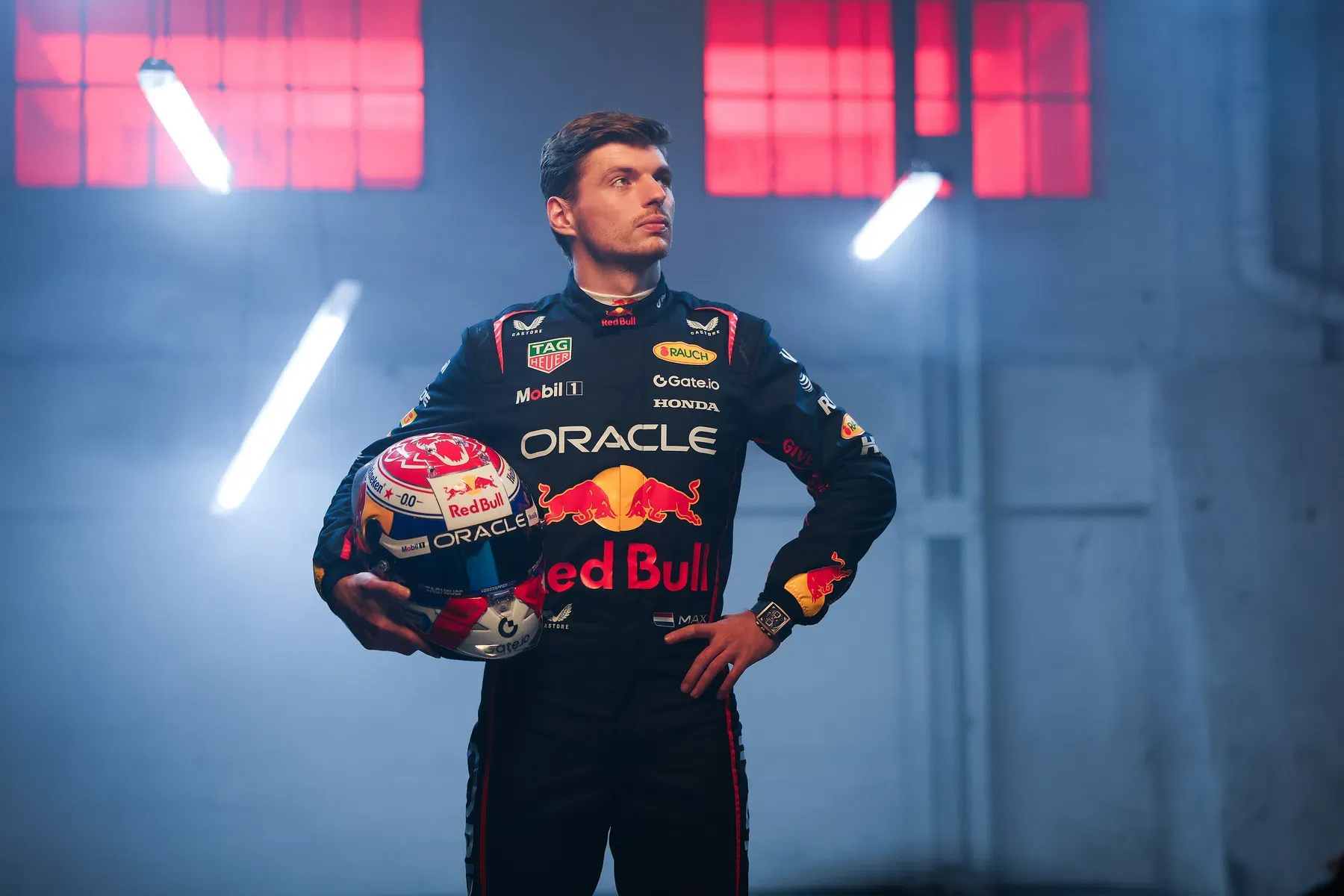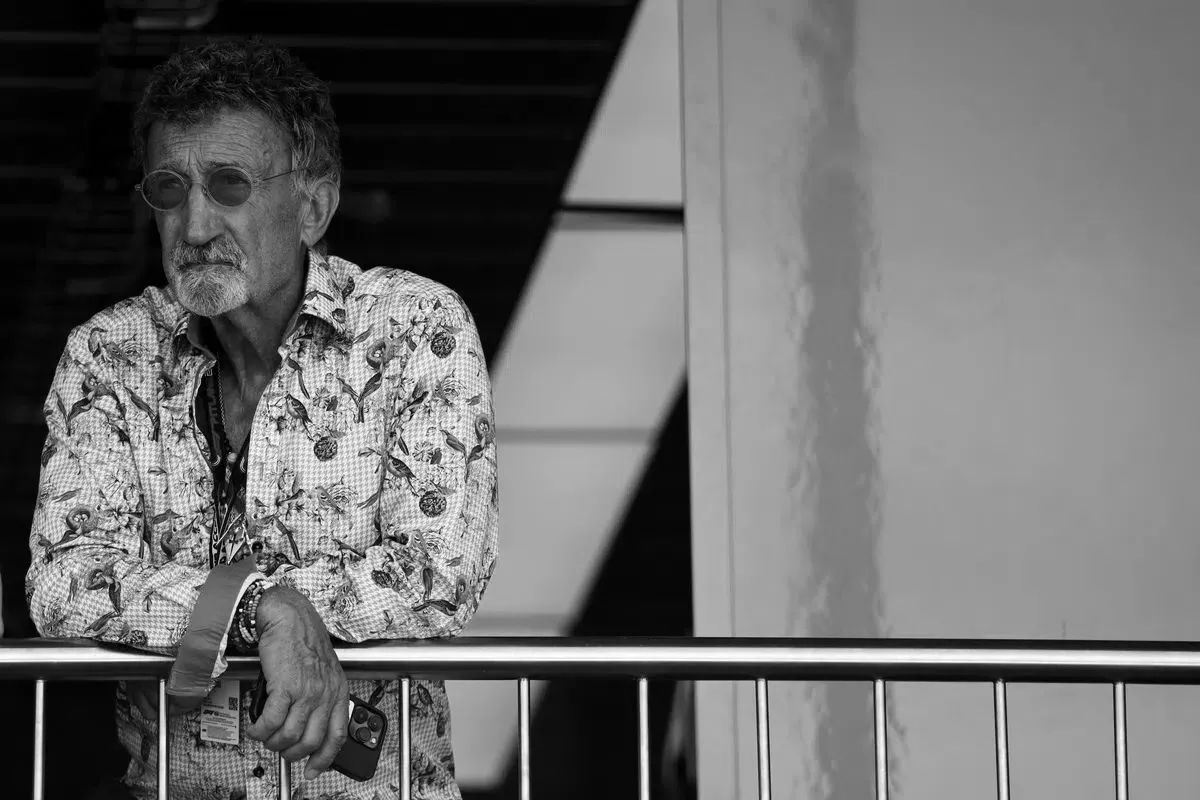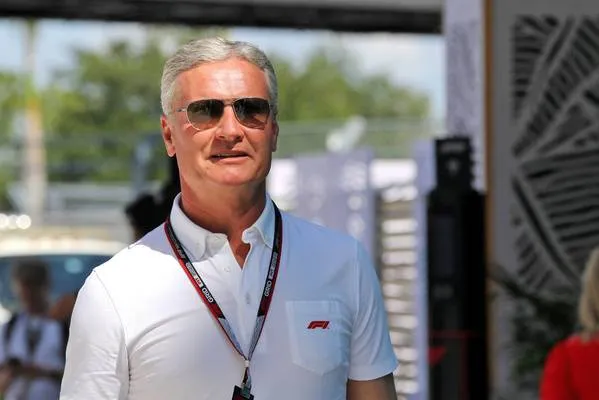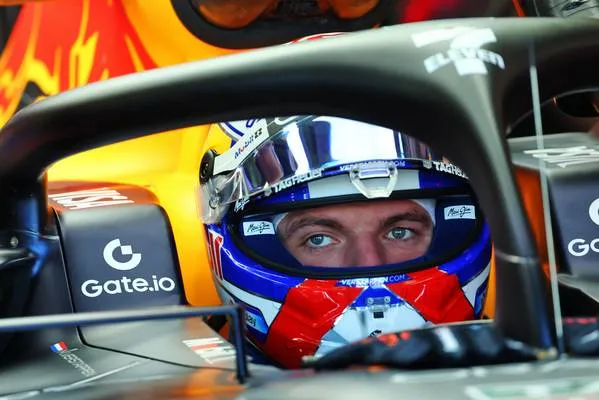F1 Tech Analysis | The secrets of Red Bull's turnaround in Singapore
13:00, 24 Sep 2024
3 Comments
After two very difficult weekends in Monza and Baku, Red Bull arrived in Singapore with higher expectations than last year. Despite a very disappointing Friday, where both Verstappen and Perez struggled massively with the balance of the RB20, the team were able to work hard and turn things around on Friday night, giving Verstappen a quicker and more stable car.
The RB20 had an opposite set-up to the MCL38
Red Bull Racing had one of the worst Fridays of the whole season in Singapore before a quick turnaround (at least on Verstappen’s side of the garage) was made before Saturday’s FP3. In fact, Verstappen even finished 15th fastest in FP2.
Conscious of the problems and difficulties faced last year in Singapore, the team started the weekend with a very soft mechanical set-up on the RB20 and a medium downforce rear wing on Verstappen’s car, following the same path undertaken by McLaren. The goal was to make the car very good on kerbs and bumps to maximise the mechanical grip.

The team quickly faced reality in FP2: the RB20 has completely different set-up requirements compared to the MCL38, and as a consequence, the car was not only slow but also underivable. Since the beginning of the season, Red Bull’s car has needed a very stiff mechanical set-up to stabilise the aerodynamic platform and make it work at its best. Every time the team adopted a softer set-up, the drivers always encountered stability issues (like Verstappen last time out in Baku), complaining of a very unstable car on the rear axle and porpoising issues.
For this reason, after Friday’s horrible performance, the team decided to take the opposite set-up choice for the rest of the weekend: knowing that the RB20’s strength was more related to aerodynamic performance than mechanical one, they decided to maximise the aerodynamic grip at the expense of the mechanics. To do so, they stiffened the suspension system and adopted the maximum downforce rear wing already seen in Monaco and Zandvoort.

As a consequence, the RB20 became a much more stable car, but it couldn’t attack kerbs the way McLaren and Ferrari did. Verstappen was thus forced to “drive around” kerbs in qualifying, but he took advantage of a much quicker and balanced car that eventually allowed him to take P2 both in qualifying and in the race, where at times he was more than 1 second per lap slower than Norris in front.
The newfound competitiveness of the car was attributed to the detailed work made at the factory back in Milton Keynes, especially after Monza weekend, as underlined by Christian Horner after the race on Sunday: “I think what Monza really exposed was the root cause, or helped to identify the root cause of the issue. I’m taking Monza as the low point, and we're starting to build out of that. […] I think we've got a vein of development, and I think we've understood some of the issues with the car. I think we're starting to address them. We were better in Baku. We were better here.”
In Baku, the team brought a completely new diffuser that worked as expected, improving the overall balance of the RB20. It allowed the team to run the car at lower ride heights without having bouncing issues at the rear end. As underlined in the drawing below, the old floor and diffuser concept was characterised by a tapered section with two main kick lines. This solution produced a lot of suction in that area of the floor, thus generating a lot of downforce but making it very difficult to stabilise it and keep the keel at a consistent height to the ground.

In fact, as downforce was generated, the keel got closer to the ground, the airflow through that area was interrupted, and the rear end of the car was raised as a consequence. Once the flow started hitting the diffuser walls again, this process repeated, producing an oscillating effect known as porpoising.
As Ferrari and Mercedes did, Red Bull also decided to step back to a simpler and more conventional solution. This solution would have been less profitable in terms of peak downforce produced but made it easier for the engineers to set up the car and stabilise the diffuser at different ride heights and speeds, avoiding porpoising.
Read more about:
Popular on GPBlog

1
Vettel 'not allowed' to make F1 return: 'It's beautiful'
3210 times read
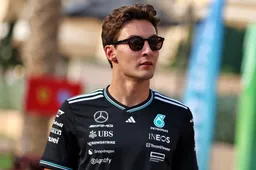
2
Russell claims he 'could have had two world championships' had he joined Hamilton at Mercedes earlier
888 times read
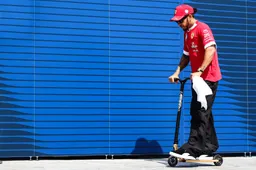
3
Brundle notices these worrying Hamilton traits in Ferrari data: 'It's always the same'
879 times read
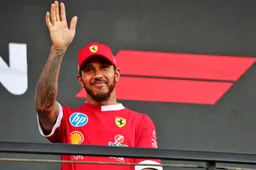
4
Hamilton finds himself once again in a 'similar situation to what it was at Mercedes'
655 times read
